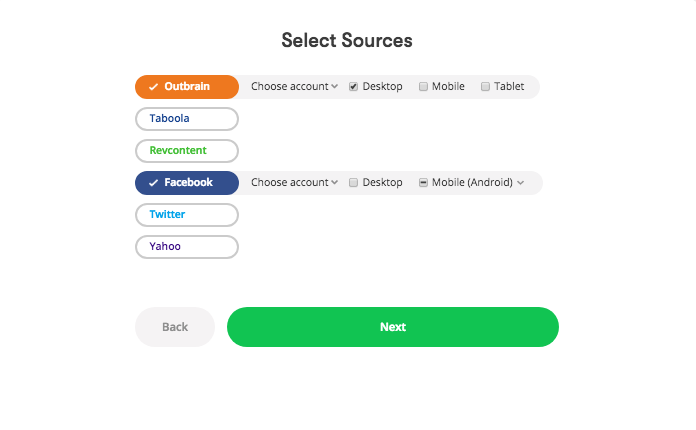Gather All Your Data Like There’s No Tomorrow
Running a publishing business is becoming more and more complex in 2019. One of the things that is imperative for growth is to manage the data that is essential to publishers. Because there are many components and platforms that data is coming from, it is crucial to be able to unify these numbers into one screen or dashboard and display it in a simple and intuitive way.
Google analytics has one set of statistics, your audience development platform has another, and then there is the data from advertisers. There are platforms and products available to publishers that do this for you. Only once this information becomes available on one screen does it become viable and actionable data to use, compare and contrast, and improve upon.

Make The Programmatic Switch Like The Cool Kids Are Doing
One of the biggest publishers in the world, the company that almost redefined internet content, Buzzfeed, realized recently that they needed to plot a new road map involving a switch back to programmatic. But why?
The programmatic industry is changing rapidly and great advances have been made, which has accounted for the increased interest of big publishers who traditionally only used a direct deals model. Programmatic has quickly become the largest digital advertising system in the world, with growth hitting the $64 billion mark in 2018.
Programmatic inventory is generally more flexible. Direct deals have a fill rate, which is either made faster than anticipated, or it becomes a struggle to fill. Like Goldilocks found, it’s very hard to get it just right (for the demand). Hence, programmatic allows more room for scale.
Finally, in terms of human resources, a significant sales team is required in order to secure direct deals. It would be advisable to switch some of that focus into more efficient, and just as profitable, channels, like programmatic, which require less effort on the human side.

Platform Trial And Error Is Crucial – Try More, Possibly Fail, But Learn
Within 2 years, LittleThings has gone from the darling of Facebook, a publisher often referred to by Facebook as a case study in how to scale through engaging social content, to a former publisher. Now they will become a case study in over reliance on Facebook. This is proof that the value of other content distribution platforms and diversification of traffic are essential to any publisher wishing to grow and thrive.
The best way to effectively explore alternative options is to use them, test them and find out which one works for you and your content. Using revenue attribution platforms, it is much easier to run trial and error campaigns on a smaller scale, without risking your entire budget, all the while optimizing the performance of content on any particular platform.

Manage Your Acquisition Like The Wolf Of Wall Street (But Legally)
So, once you have your deep data in place, actionable metrics defined, publishers can better manage their acquisition strategies on a minute-to-minute and day-to-day basis. It’s very important to micro-manage your acquisition campaigns, as opposed to letting them run their course.
Depending on where your users are coming from, they are worth more or less to you, identify the ones that are less profitable and pause or stop them entirely. Once you’ve identified the ones that are the most profitable, you can invest more in those, or duplicate similar ones to the same devices/geos/platforms that are performing the best.
The most important thing to consider here is that actions must be taken in real-time. Some content platforms will be dealing with data from, say, five hours ago, or even the day before. In order to make quick, but all the while informed, decisions, a platform which aggregates all the data (there’s that unified data again) in real-time is needed.

Tech, Tech And More Tech. Wait, Did We Mention Tech?
Technology is at our fingertips and revenue attribution is the way to go. Publishers must be data-first in order to improve their understanding of their advertising and business efforts when it comes to audience acquisition.
Deep diving into data that some may not know existed will give publishers a better understanding of what metrics and dimensions affect their different visitor values.
Moving back to an earlier point, brokers on Wall Street know what a particular stock is worth to them at any given moment, and they are analyzing trends in pricing as they go along. That way, they know what a particular stock might be worth to them, say, tomorrow, or in a week from now, when they want to sell it.
Publishers need to do this much quicker, but thanks to advances in technology and machine learning, it is possible to spot and even begin to predict certain trends in how much users may be worth to publishers at particular times of the day, month or year. These insights will have a huge impact on publishers’ marketing strategy and effectiveness.


 6 min read
6 min read